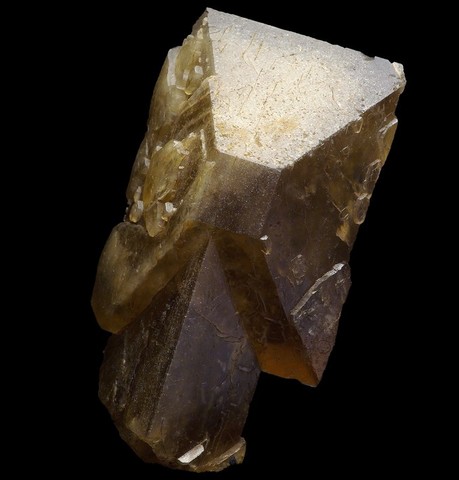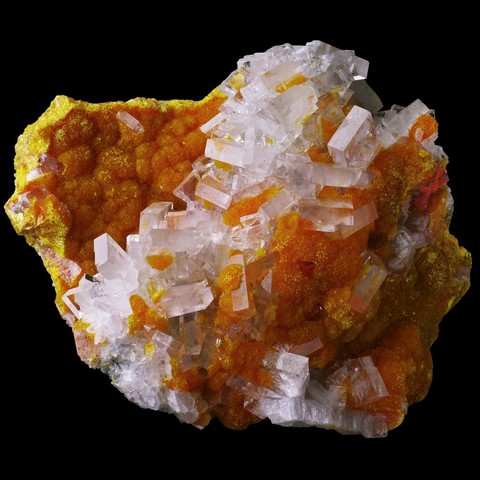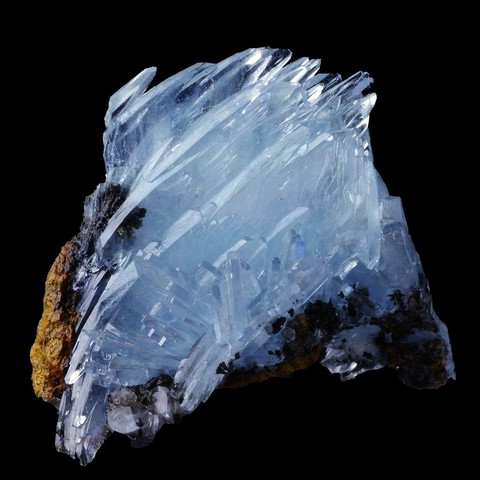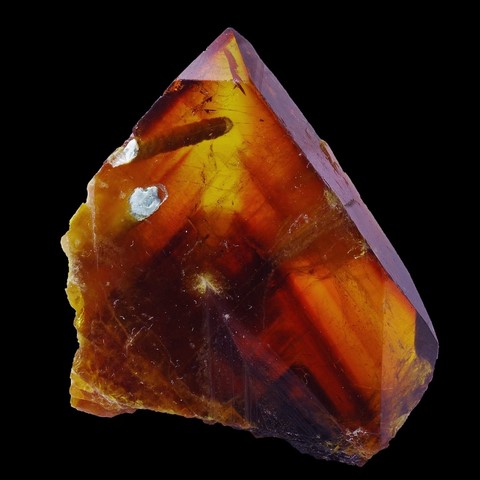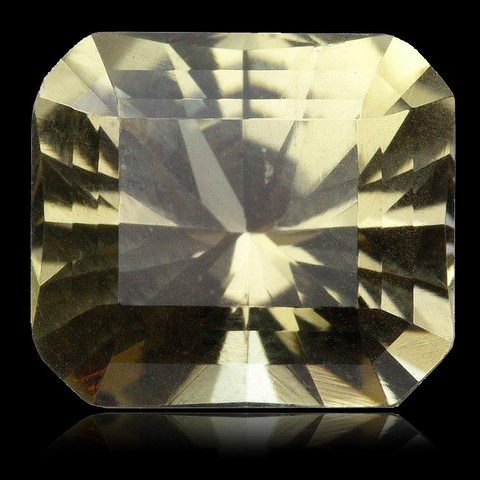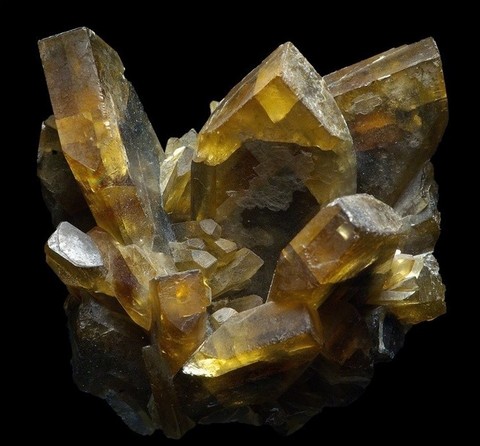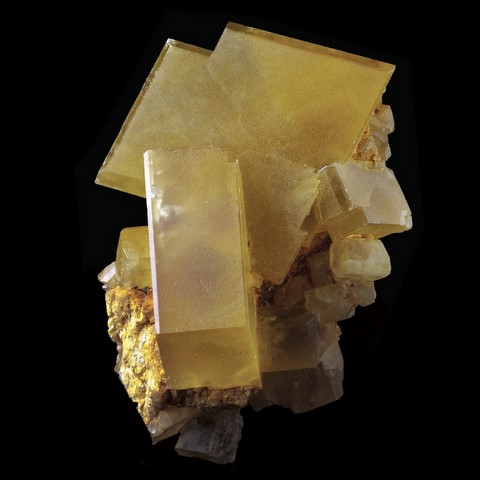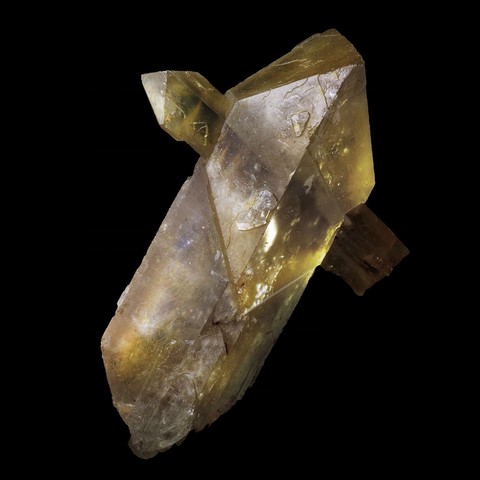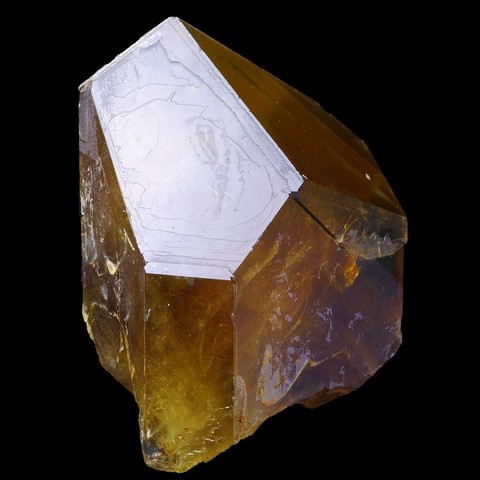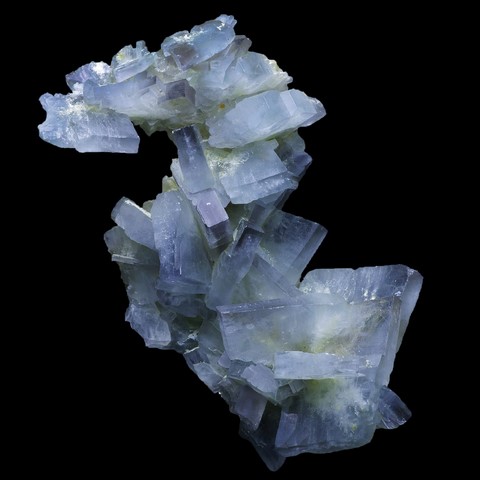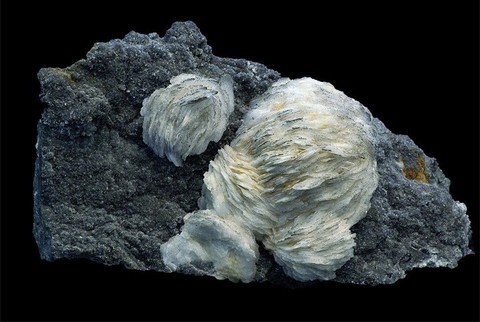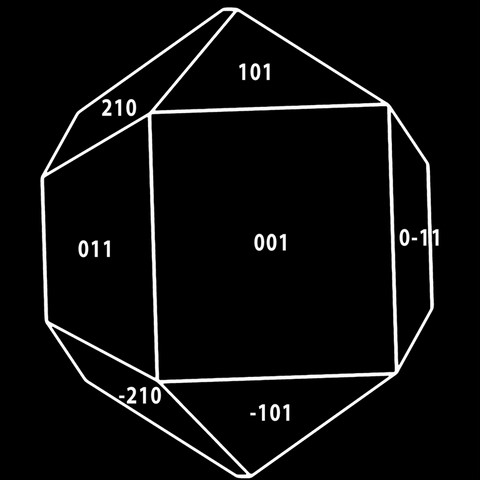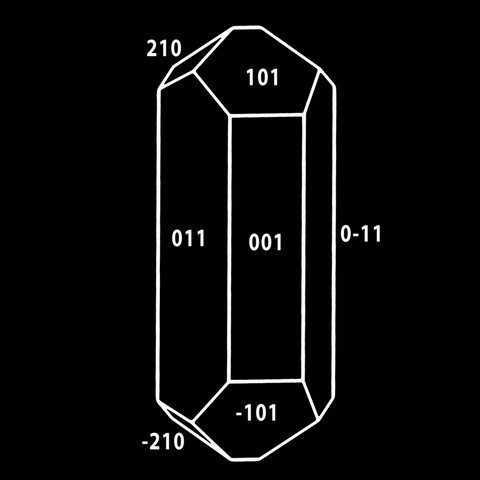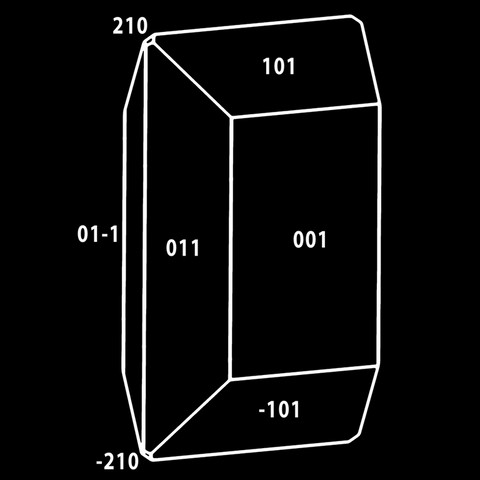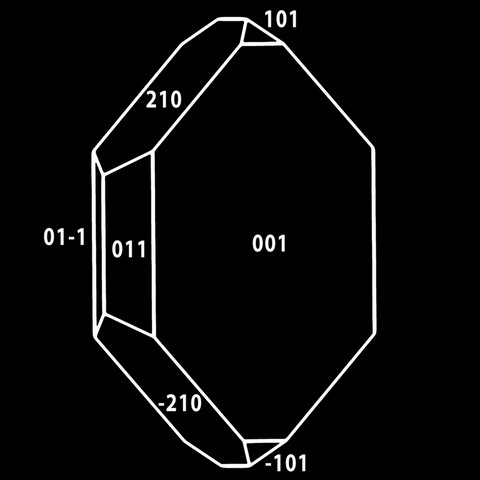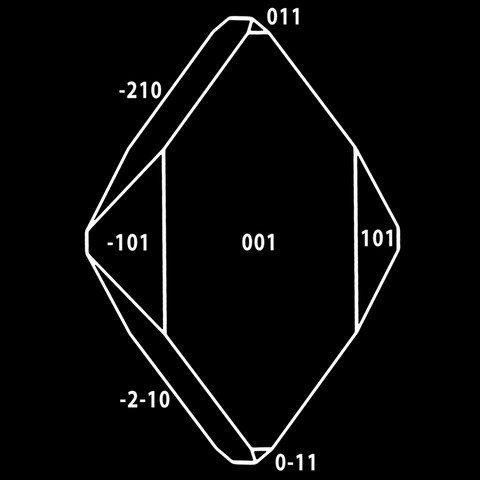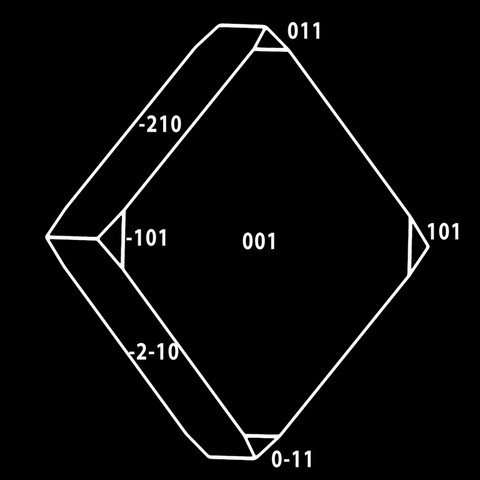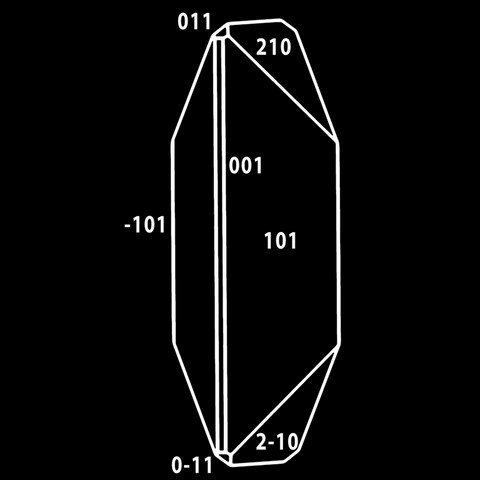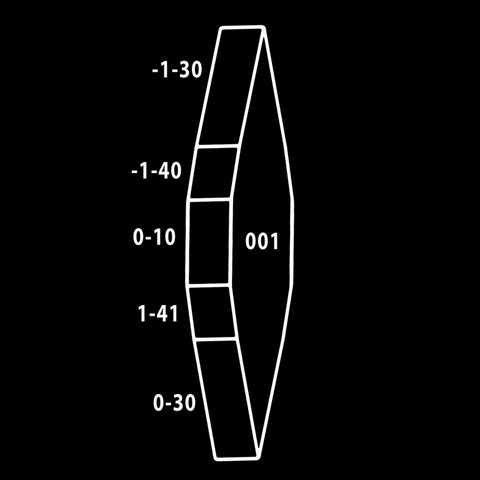 Barite - Encyclopedia
Barite - Encyclopedia
Class : Sulfates, chromates, molybdates
Subclass : Anhydrous sulfates
Crystal system : Orthorhombic
Chemistry : BaS04
Rarity : Really common
Barite (or baryte) is a barium sulfate. Its name comes from the ancient Greek "barus" (heavy) because it is a mineral unusually dense for a non-metallic. It occurs in hydrothermal veins of medium and low temperature where it mixes with the fluorite and various sulfides. Its crystals can take all forms of orthorhombic system. The two most common facies are tabular or lamellar crystals (crested) and elongated crystals (coffins and whistles). The crystals can take various colors, usually white to pinkish, yellow to brown, reddish, greenish, gray-blue or colorless. It is much exploited throughout the world, it is used as a filler in the paper industry, plastics, paints and varnishes. It is also used as drilling mud in petroleum engineering. It extract the barium from baryte, as used in medical radio-opacifying, recombined into carbonate (BaCO3), barium enters into the composition of some glasses (TV, optical). Finally, it is sometimes cut, but is a simple gem to the collection, its too low hardness and high sensitivity to thermal variations make too brittle material to integrate pieces of jewelry.
Barite in the World
Barite in France
France counts among the world's best deposits of barite. The huge brown crystals "with coffin facies" from the Côte d'Abot in Puy-de-Dôme may exceed 20 cm for weight more than 10 kg ! Maine Mine in Saône-et-Loire also produces clusters of spectacular "whistles". Finally, overlooked by the French collectors, it must be emphasized specimens from Saint-Laurent-le-Minier district in Gard which are equally aesthetic : white "balls" of crested barite (pompons) on dark matrix (photo in margin).
In recent years an important discovery took place near La Mure Mine in Isere with groups of transparent colorless crystals with white borders. Probably a little less known but equally interesting, the deposits of Châtel-Guyon (Puy-de-Dôme) with honey color crystals or Four-la-Brouque (Puy-de-Dôme) and these beautiful scepters (photo above). We will finish with the Source du Tambour (Puy-de-Dôme) where baryte associated with bitumen and also gem quality tabular crystals from St. Sandoux (Puy-de-Dôme) with a strong purple pleochroism that make these samples unique.
The different crystal forms of baryte
Twinning
Today, we don't know twin for baryte.
Fakes and scams
Because of its abundance on the Earth's surface and its low resistance to be used in jewelry, it does not exist today synthetic baryte crystals.
Hardness : 3 to 3,5
Density : 4,48
Fracture : Irregular
Trace : White
TP : Transparent to opaque
RI : 1,634 to 1,648
Birefringence : 0,012
Optical character : Biaxial +
Pleochroism : None to strong
Fluorescence : White to pale green
Solubility : Insoluble
Magnetism : None
Radioactivity : None

